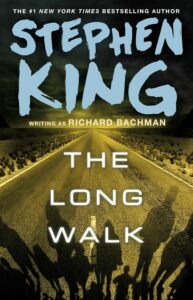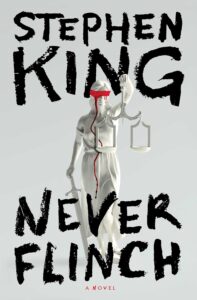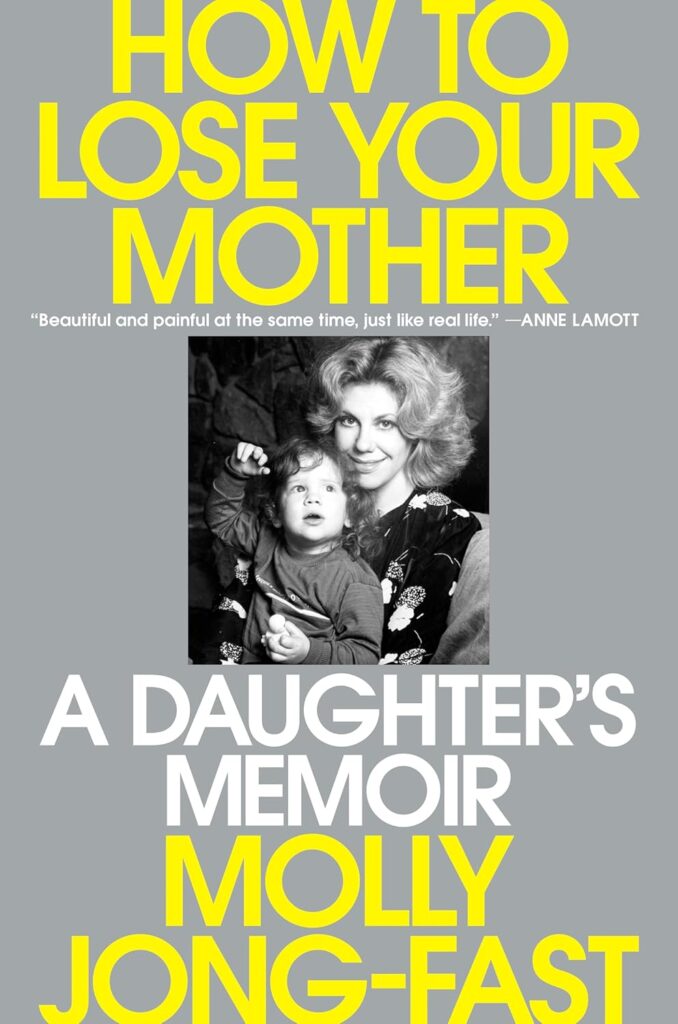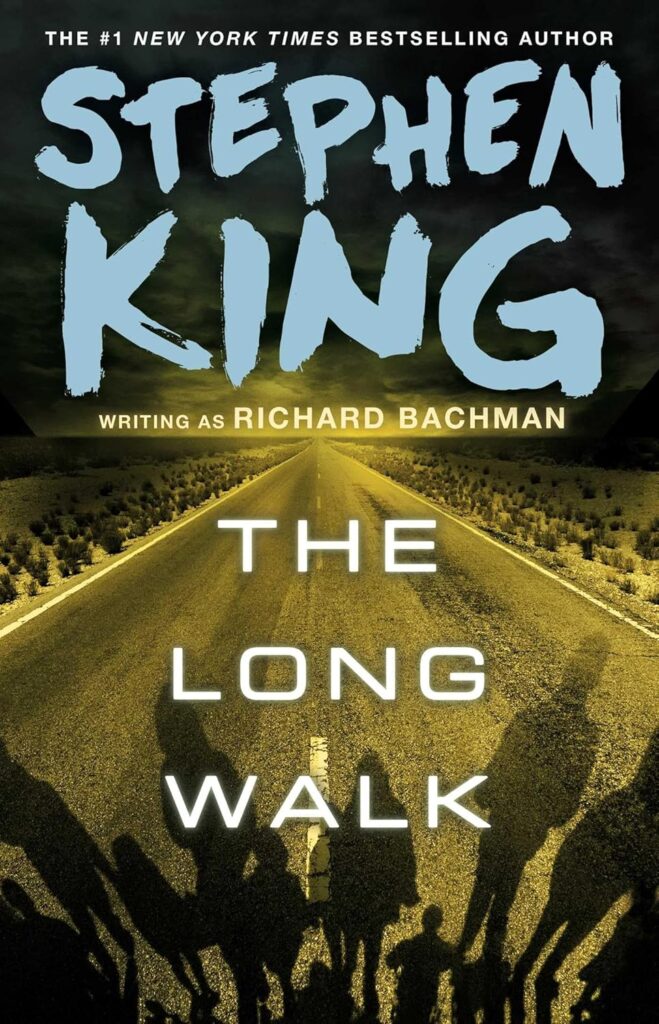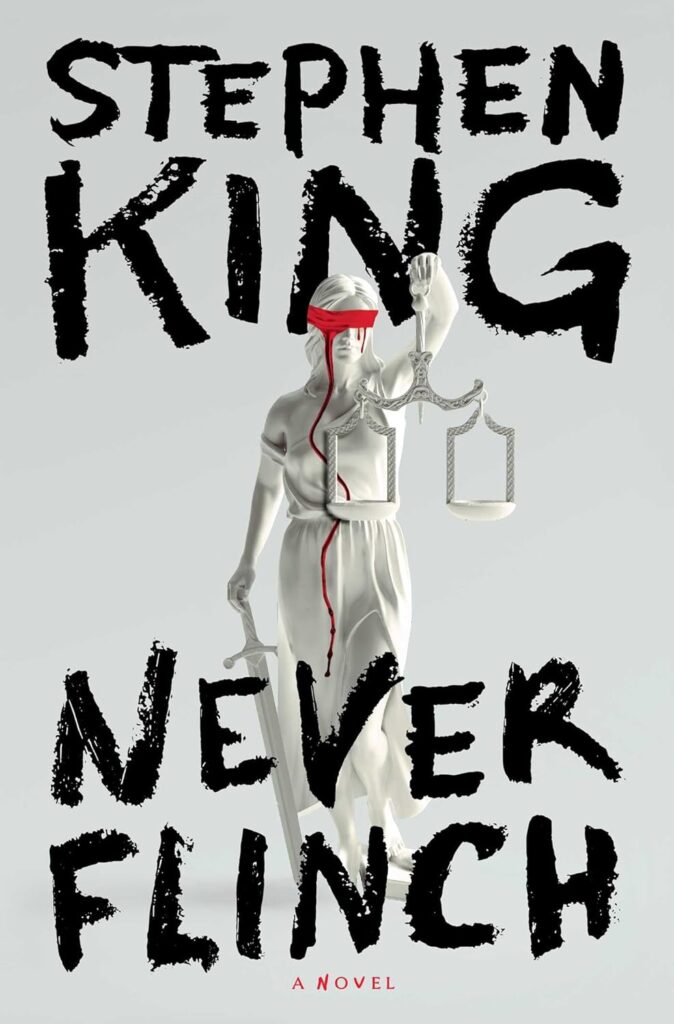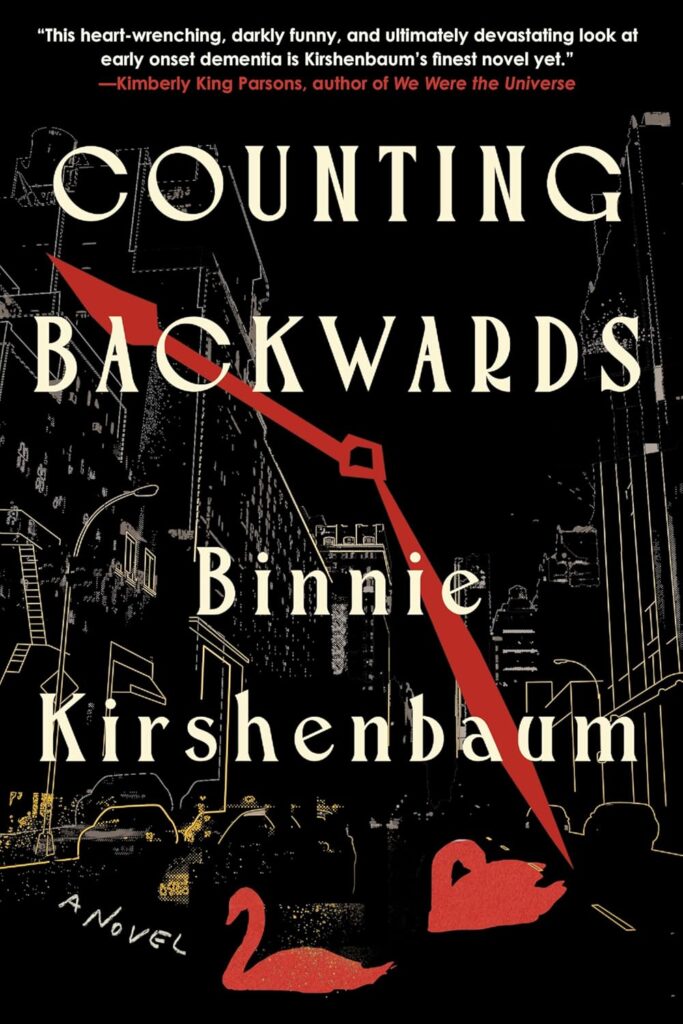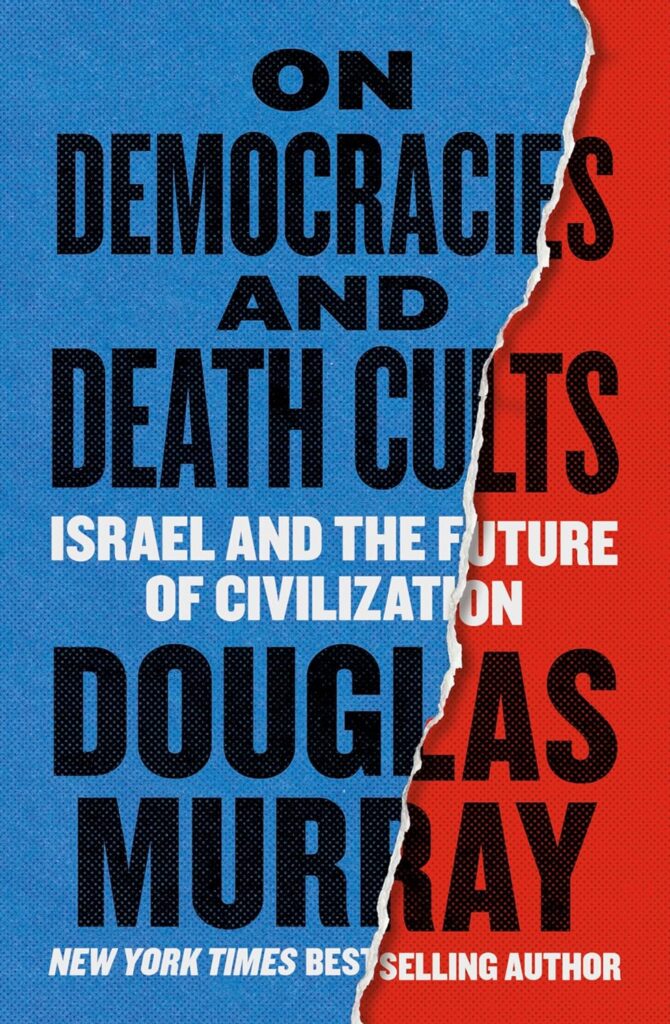It’s hard not to get swept up in the energy that comes with another entry in the Mission Impossible series. Few franchises can claim the kind of cultural staying power that these films have built since the original’s release in 1996. Each installment feels both familiar and new—as if it carries the weight of past expectations while still daring to surprise with breakneck stunts and layered plots.
I find myself returning to these films not just for the action sequences (which, to be clear, remain industry benchmarks) or the impressive direction, but for the way each chapter adds a little more depth to Ethan Hunt and his team. With this mission impossible movie review, I want to break down what sets this particular film apart—how the direction lands, which characters surprised me, and where it stumbles despite its ambitions.
You’ll get my take on the pros and cons, and I’ll speak honestly about what works and what falls flat. I’ll also highlight any risks the filmmakers took this time, and how those choices reflect in the final product. In a landscape where most action flicks blend together, Mission Impossible still manages to ask big questions about trust, sacrifice, and persistence—a quality that’s not unlike what I’ve examined in the challenge of leadership in my Steve Jobs biography review.
Here, I want to offer clear-eyed observations, not sales pitches—because if this series has taught me anything, it’s the value of chasing truth, no matter how high the stakes might look.
Table of Contents
About the Director: Visionary Guidance Behind the Action
Anyone who walks into a Mission Impossible movie expecting just the usual bang and flash is missing half the story. The director’s fingerprint is all over the action, but more importantly, it shapes how we experience Ethan Hunt’s struggle. I can tell when a filmmaker isn’t just choreographing mayhem, but stopping for a breath—letting the hard choices linger, inviting us to weigh trust and courage alongside adrenaline. Looking at the making of this latest chapter, I kept coming back to the mind steering the ship and why it matters that the director approaches the material with something more than technical skill.
 Photo by Brayan Chul
Photo by Brayan Chul
Directing Style: Beyond the Set Piece
Some directors treat action like a magic trick—smoke, mirrors, then cut to slow-mo flying glass. In Mission Impossible, what stands out is the sense of pulse that threads through quieter scenes and explosive moments alike. The director doesn’t just cut from rooftop chase to high-wire standoff. Instead, the movie builds tension until it’s almost unbearable, then smacks you with a choice or a moral question (which, in my view, lands harder than any explosion).
While action fans might load up lists of “visionary directors” on sites like IMDb’s Top 10 Most Visionary Directors, it’s vital to remember that innovation goes beyond the camera trickery. Here, I saw a directorial hand that understands how split-second decisions shape real people—not just secret agents. It’s a reminder of the human weight behind every gravity-defying leap.
Leadership and Collaboration On Set
Filming a blockbuster like Mission Impossible isn’t a one-person show, even if it sometimes feels that way. But the director becomes the point of identity for the whole project—the voice everyone looks to when things get complicated, the calm when stunts push the crew to their limits. I notice this in the way smaller character arcs get protected, even as the story keeps charging forward. The director’s job is to keep that balance, maintaining trust among hundreds of crew and cast so nothing essential gets drowned out by spectacle.
Under this vision, each performer seems sharper, the stakes realer. This commitment to thoughtful collaboration is something I dug into further in my analysis on Ryan Holiday on Stoic Wisdom, where I found direct links between disciplined leadership and artistic clarity.
The Director’s Influence on Mission Impossible’s Legacy
It’s tempting to view long-running franchises as machines, churning out formula with mechanical regularity. But I see Mission Impossible’s director as someone willing to tinker—even at the risk of friction. By pushing actors out onto that literal or metaphorical ledge, the director’s stance on risk and trust becomes the heartbeat of the movie. I don’t buy that any of these adrenaline-heavy sequences would land the same way without that unyielding vision guiding it all.
For readers who appreciate the history of bold filmmaking, there’s a curated list on visionary film directors in action movies that tracks how others have shaped the genre. It’s a useful reminder that, however modern the Mission Impossible series may seem, it stands on the shoulders of risk-takers who understood that spectacle must serve character, not the other way around.
In every Mission Impossible movie review I write, I return to this: each installment has its fingerprints all over it—but that’s the director’s signature, steering chaos into meaning, making the impossible feel real.
Directors with a Similar Touch: Comparing Filmmaking Styles
The direction in each Mission Impossible movie can feel wildly different depending on who sits in the director’s chair. With so many directors shaping the saga, I’ve come to appreciate how their fingerprints show up in tone, pacing, and the tightrope walk between chaos and control. There’s a warmth in recognizing familiar elements—a certain way tension holds, or the rhythm of a chase scene—that draws clear lines from one film to another, and across the careers of filmmakers known for their distinct styles.
 Photo by Ron Lach
Photo by Ron Lach
Patterns Across Directors: What Sets Mission Impossible Apart
Any in-depth mission impossible movie review, in my mind, has to account for the visible hand of the director. There’s a sense that each filmmaker, whether Brian De Palma, John Woo, J.J. Abrams, Brad Bird, or Christopher McQuarrie, brings a personal philosophy to the franchise.
Here’s what’s struck me as a viewer tracking these shifts:
- Brian De Palma lent the first film a classic sense of paranoia. His signature use of split screens and suspense gave the original a slow-burn intensity.
- John Woo amped up the operatic action with trademark slow motion and stylized duels. You feel his imprint most in the balletic fight scenes, where the action almost becomes a dance.
- J.J. Abrams brought television pacing and emotional stakes to the third movie, favoring shaky-cam and personal drama, which modernized the franchise’s energy.
- Brad Bird found a balance between spectacle and emotion. His background in animation made the set pieces inventive yet clean.
- Christopher McQuarrie (the longest-serving director in the series) built the most recent installments on tight scripts and practical stunts—making impossible risks feel grounded in the world of Ethan Hunt.
I see this as a conversation between auteurs across decades, each flexing a personal style within a high-stakes template. For further insight on how directors across film history cement their “brands,” there’s a great resource in 20 movie directors known for their signature styles that breaks down what makes a handful of industry giants so recognizable.
Shared DNA: The Language of Action
What really stands out across these efforts isn’t just who shot what—it’s how each director talks in the language of action. They use movement and sound, but the best of them also know when to stop and let the silence stretch. I don’t think it’s an accident: franchise directors often study each other’s work, sometimes borrowing a steady-cam trick or the slow pan across a trembling hand to show us what words can’t.
There are filmmaking styles that repeat, not only due to studio mandate but because certain tricks just work better for the Mission Impossible world. That said, it’s not always about invention—sometimes it’s about refining what’s already strong. The tension that pulses beneath dialogue-heavy scenes owes much to an unspoken tradition among directors, one that’s explored well in resources like Styles of Filmmaking: Exploring the Brands of Famous Directors. I find value in this evolution; the Mission Impossible films keep pushing, learning, and compacting tension until even a close-up feels dangerous.
When Influence Turns to Imitation (and When It Doesn’t)
In some franchises, you can spot when a trend catches on and gets copied until it loses impact. I’m quietly relieved Mission Impossible has mostly avoided this trap. Instead, what I see is honest influence, a willingness to absorb what works from directors with strong signature styles—think of Wes Anderson’s symmetrical shots and playful color schemes, described in discussions like Which director has the most distinct style?—and remix it into something uniquely suited for a globetrotting, breakneck story.
Each director leaves the series a little different than they found it. This approach reminds me of adaptations in literature, where the author’s imprint shapes not only content, but mood and momentum. My take on adaptation—and how style shapes everything from mood to legacy—echoes some of my thoughts from the The Long Walk book review, where character and mood become as critical as technical mastery.
I trust the Mission Impossible franchise because it doesn’t flatten these directorial quirks for the sake of consistency. Instead, it treats them as features, not bugs, letting each voice build a fresher rhythm while still keeping the heartbeat of Ethan Hunt’s world strong. That’s not just a production choice—it’s a creative stand that sets these movies apart in a sea of copycats.
Mission Impossible Movie Pros and Cons: The Pulse of Action Cinema
When I think about what separates a standout action movie from a disposable popcorn flick, the Mission Impossible franchise comes up as a kind of heartbeat for the genre. It sets the tempo for action cinema, never letting the audience get too comfortable or bored. I see these films sparking debate—not just whether the stunts can get bigger, but if the story and emotions can keep up. As I break down the pros and cons in this mission impossible movie review, my goal is simple: give a clear-eyed, honest look at what excites me about these films and what still leaves me wanting more.
 Photo by Jozef Fehér
Photo by Jozef Fehér
Pros: Why the Franchise Sets the Standard
On almost every level, Mission Impossible films deliver on the promise of action cinema. Whenever I sit down to watch, I expect my heart rate to spike at least once because these movies keep the stakes high. Here are some qualities that stand out:
- Inventive Stunts: Each movie tries to outdo the last, and it doesn’t feel forced. I watch Tom Cruise race against airplanes, climb cliffs, or hang outside speeding trains. With each entry, the action feels new. The sense of risk is real.
- Cohesive Storytelling: Even among the chaos, these films rarely drift. There’s usually a clarity to the stakes and the relationships, which makes all the big set pieces land harder.
- Strong Ensemble: Ethan Hunt is a fixture, but the team around him matters. The supporting cast usually gets time to shine, which anchors the narrative and keeps things grounded.
- Director’s Vision: Mission Impossible movies always show signs of a director’s personal stamp. Sometimes that’s in how suspense builds. At other times, it’s in the choreography or pacing. Christopher McQuarrie understands how to weave intrigue and payoff, as discussed in this NY Times feature on his influence.
- Technical Mastery: The cinematography, editing, and sound design are often world-class. I notice how every detail is tweaked for maximum wow factor, even when the story calms down between explosions.
This series, at its best, feels like watching elite athletes at the top of their game—people obsessed with getting every detail right, whether it’s a fight on the roof of a speeding train or the glint in a character’s eye before a betrayal.
Cons: Where the Formula Falters
No series is perfect, and Mission Impossible sometimes stumbles in ways that frustrate me as a viewer who values story as much as spectacle.
- Complex Plots (Sometimes Needlessly So): There’s a fine line between layered storytelling and just confusing the audience. Certain entries lean into complicated backstabbing and endless reveals, which can feel less like clever writing and more like a shell game.
- Thin Character Arcs: While Ethan Hunt has evolved, some recurring characters rarely change. I want more insight into what drives them, not just a new quip or a gadget.
- Emotional Distance: It’s easy to admire the technical achievements and still feel a step removed from the core of the film. Big explosions and flawless shots don’t always equal real feeling.
- Stunt Over Substance: Though breathtaking action scenes draw crowds, the focus on novelty in stunt work can sometimes eclipse the emotional through-lines. According to this review on Medium, even dedicated fans sometimes feel that the movie’s soul gets overshadowed by spectacle.
- Repetition Over Innovation: The franchise’s greatest asset—consistency—can end up being its weakness. There are moments where it feels like another variation of the old “heist-gone-wrong” instead of a leap forward.
With these cons, I don’t mean to dismiss the series’ strengths. In fact, the flaws are part of what keeps me watching: they remind me that every triumph is a risk, and even a reliable template can stop working if not re-examined with fresh eyes.
The Context of Action Cinema
Mission Impossible movies are not just action; they often reflect what the action genre is capable of at a given time. Cinematography and choreography get more complex, the gear and gadgets more impressive, and the themes—usually about loyalty, betrayal, or survival—become more textured. The way these films have evolved says a lot about how filmmakers handle action. As explored in Film Comment’s take on action cinematography, balancing action and character is a challenge most directors face, yet Mission Impossible tends to hit the sweet spot more often than not.
Not every action movie manages that balance, but I keep coming back to Mission Impossible because it feels like these films refuse to settle. The rhythm of each entry—shaped by hands both steady and daring—pulls me in, not just for the spectacle, but for the glimmer of honest effort beneath every impossible act.
For anyone interested in how other perspectives shape my reviews, especially how I weigh risk and reward, I talk about related ideas in my discussion of creative endurance in The Long Walk, where persistence in the face of punishing odds mirrors what I see in this franchise.



